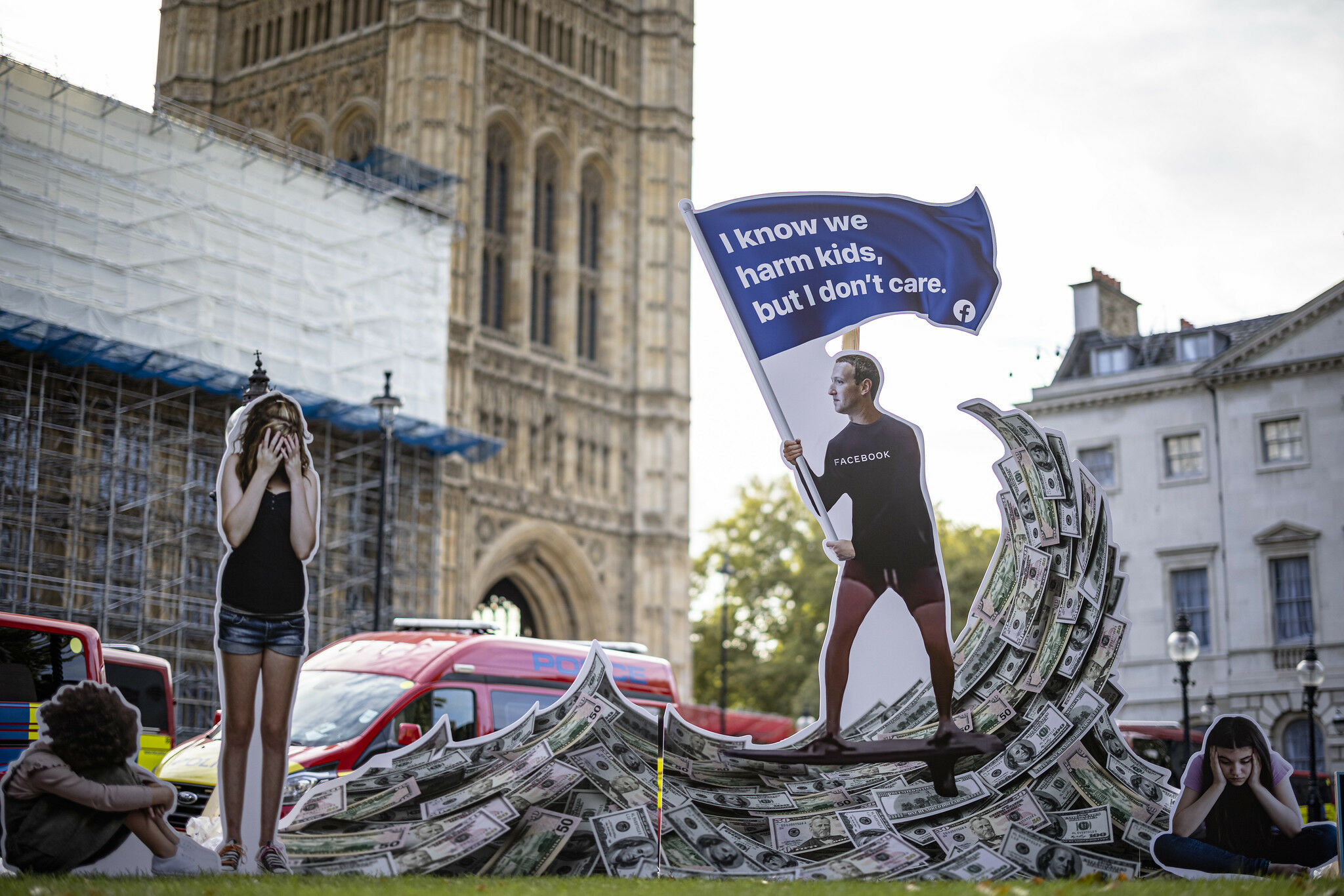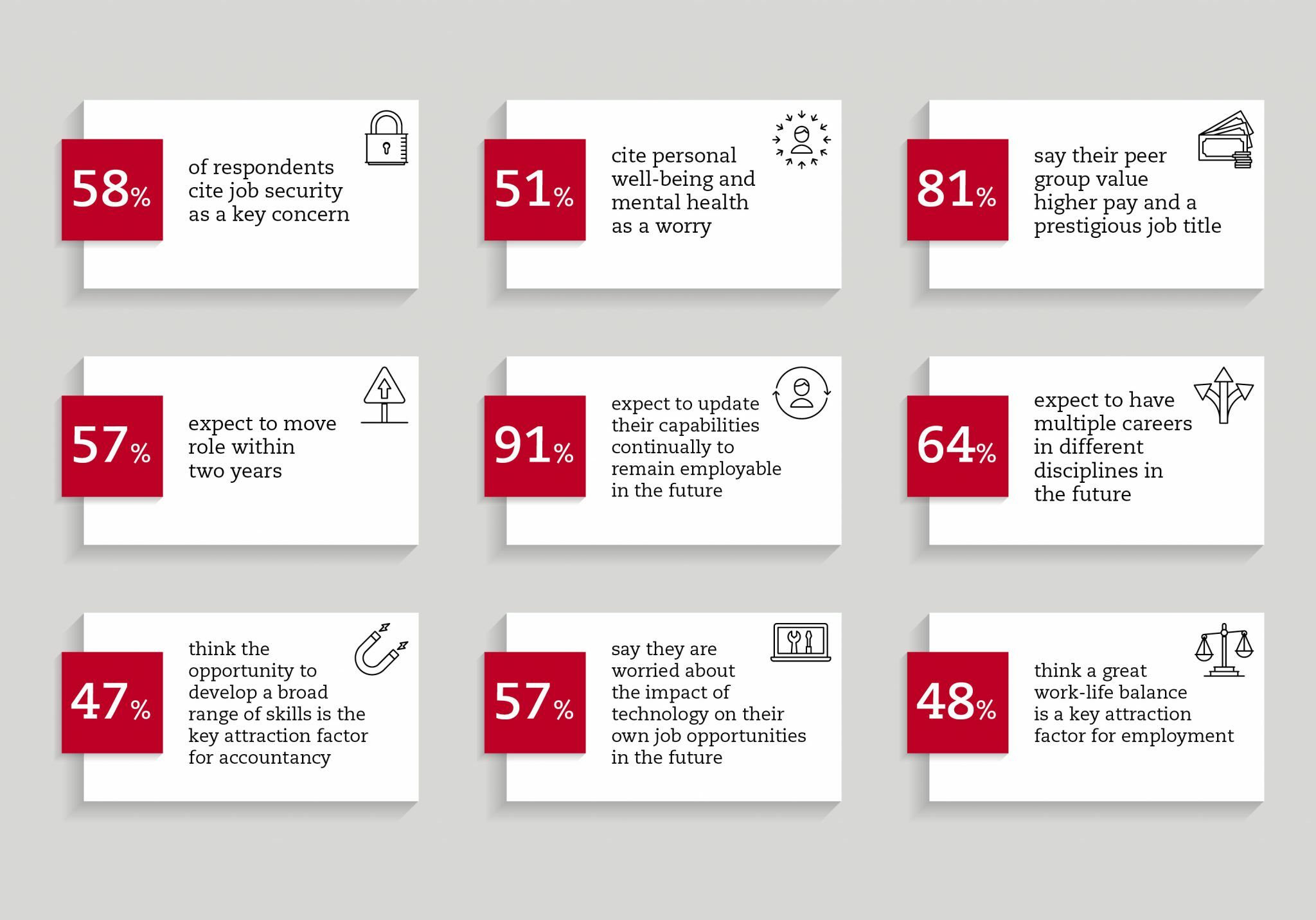In more than a decade working on brand, I’ve seen an embarrassing paucity of change.
To be fair, the fundamentals do not change much: a brand’s purpose is what it is, almost independent of time or place. Behavioural values or principles are a result of what’s already accessible to the brand.
But despite the introspection and hard work that goes into defining a brand, most brands simply broadcast their narrative.
There are brands that do things well but little has changed in the way brands behave – despite what we’ve learned about our audiences during this decade.
The first decade of the web was boring and broadcasty because that’s what we knew and because we take a painful amount of time to realise a change is needed.
The second iteration of the web, the one where social channels took over and opened up a real conversation, had an enormous impact on the way brands understood their audiences.
The ones that listened changed their behaviour. Slowly, sometimes zigging and sometimes zagging, often making monumental mistakes, the brave brands changed and brought about change.
The rest of the world just kept doing what it was doing but resized their artworks to fit Facebook ad specifications. Big deal. As Shania Twain said about the hot guy with a Ferrari, that don’t impress me much.
Then there was the COVID-19 pandemic and we were shown that much of what we knew to be ‘true’ was essentially an ancient social construct that we inherited from those who came before us.
I don’t intend disrespect but I’m guessing you’re smarter and better informed than your parents are. Follow that thinking back a few generations and you’ll quickly realise how dumb the people who laid down the rules we abide by today were.
Somehow, no matter how far removed from the Industrial Revolution we are, we insist on acting like it was just yesterday and that its rules still apply today.
The great resignation. The new normal. The gig economy. Essentially, the great big ‘fuck you’ to the establishment that an entire generation is cheerfully chanting should not, and will not, go unnoticed.
As the world picks itself up and looks around the room and the new set of paradigms we’re calling normal, there ought to be some great big shifts that brands will be foolish to ignore.
I have no crystal ball. If I did I’d be spending a billion Euro worth of Bitcoin on saving our species from extinction.
So, take what’s coming with a pinch of Himalayan pink, but may it provide some food for thought.
These are some trends that are either already gaining some traction or that should be quite firmly entrenched by this time next year.

Multi-dimensional narratives need multi-dimensional brands
Today is the best day in history for any person around the world to make their voice heard.
Tomorrow will be even better.
We have multiple platforms available to us and we use many platforms because we are multifaceted. We have one persona that fits LinkedIn and another one that befits TikTok and, as different as these are, we are both personas at the same time. Add Facebook, Instagram, and Twitter and we can see five channels that aren’t nearly sufficient to express the multidimensional nuances of our character.
Even on one of these platforms, our own opinions change. We reserve the right to frequently change our standpoint as we grow and learn and this is reflected in the evolution of our online presence.
Let’s take a look at an idea that was the subject of much conversation during 2021 – the NFT. I can look back at a year of seeing different narratives about the same thing and I think they are mostly correct, even if they are wildly different:
- Kittens are looking at NFTs and wondering what took so long for them to be able to monetise their antics.
- That jpeg isn’t art. Where are the oil paints and the canvas and the three months a year selling your soul on the gallery circuit?
- When Andy Warhol proposed Campbell Soup as art he had to remind a skeptical world that art is anything he could get away with.
- NFTs are linked to blockchain technology and, since I can’t understand it, I’ll decide I don’t like it.
- In a reality that will increasingly move into virtual worlds, my NFT will add value to my (metaverse) space as much as the paintings on the wall of my (IRL) apartment will.
And so on.
There isn’t a single truth and the more interesting content creators aren’t afraid to express their personal brands as complex and multifaceted, employing all the tools at their disposal to do so.
It will take a while to get properly organised and for the tech dust to settle but the personal brand is going to be collectively much bigger than any corporate brand.
And the personal brand is complicated because it is human, it is flawed, it is subject to constant improvement and re-evaluation – it is, quite literally, a living and breathing brand.
Takeaway: Commercial brands that develop more complex and layered personalities will engage on a deeper level with that subset of their audiences that could belong to the brand’s tribe. This will mean some will fall by the wayside – every great brand knows who it will inevitably leave out – allowing the brand to focus its efforts and its resources on those who matter.

Activism and community impact
Mindful shopping, sensible packaging, long-term use, trade-in upgrades, carbon neutrality, gender awareness, multiculturalism, sustainable resourcing, fair employment practices – brands aligning with a cause aren’t in any way a novelty.
I’m old enough to remember The Body Shop standing for something that went beyond their product and respecting them for it, even if I wasn’t of the age where my skin needed more than the supermarket soap my mum bought.
There were a couple of decades between the day the brand spoke to me first and my first purchase.
Great brands are ok with this.
Brands moving directly into activism is a more recent shift.
Activism requires, well, an active stance. It means upsetting a whole lot of people with directly opposing interests. It implies a readiness to be in the eye of a controversy storm. It requires bravery and preparedness and tenacity.
Most brands with more of a commercial interest than an entrenched ethos are simply not prepared to do more than pay lip service to the cause.
And we’re calling them out.
We’re accusing them of greenwashing. We’re comparing their published standpoint to the reality of their employment policy/packaging choices/product obsolescence/etc. We’re asking brands to pick a side – commit to activism or just stick to commercial messaging but don’t wear a CSR mantle as a bolt-on effort that’s evidently born on the wrong side of your boardroom.
This ties into what could be considered the update to tribal alignment, a notion that’s been around for a while now so we can’t exactly call it a trend. It will combine with the drive towards activism and become a much more firmly entrenched notion.
Brands that know their audiences can afford to be properly tribal. They speak to the community and form an integral part of it. Far too many brands use the term community to mean ‘a group of customers’ rather than ‘a group of individuals with whom we share fundamental values’.
I find plenty of irony in the actual job done by ‘community managers’ and similar positions.
Unless the brand stands for something, we’re dealing with a customer pool (read more about it in Generational Marketing: The Ultimate Guide).
Community runs deeper and involves hard work, nurturing a safe space for true human connection. Of course, not all brands need progress into activism but this is no excuse to undervalue the need of a real community.
Community as a social construct has made interesting shifts as our world shrunk even further over the past couple of years. I feel more kinship with our partner firm in Hawaii, with whom we’re successfully collaborating thanks to the widespread acceptance of video-call meetings, than I sometimes feel with my counterparts around my home country.
Takeaway: We spoke about local love a few years ago and it remains a powerful driving force behind community building. But the side hustle, the little ecommerce site that sells successfully around the planet (and to Mars soon enough), is based on the idea that a local community no longer needs to be bound by geographical constraints.
Some of the truly global brands are not multinational corporations that have a seemingly ubiquitous physical presence.
They’re tiny ones with a tightly-knit community, serving their products, art, ideas, or content by making clever use of the increased understanding of how close we really are to 8 billion other bipeds with cash and ideas.
Audience of one
Machine learning is absolutely everywhere.
Most of the effect of it is so brilliant in execution that it is completely transparent to us. When we think of AI and machine learning we conjure up sci-fi imagery and a distant future but the fact that you’re reading this is most likely the result of an AI that learned what you’d like to read and served it to you.
The holy grail of tactical communication is the audience of one.
If one could write a message and pick a photo that will attract your attention, and by your attention I mean that it will specifically attract your attention only and not that of a whole bunch of people.
Rather than have a promotional message that is diluted to appeal to a whole lot of humans, there could exist one that appeals to you and you alone, based on what it is you really like.
It is ideally served to you when you’re most likely to be interested and have the time to take action on that interest.
The social networks we use have access to a few thousand data points about every one of us. We’re very close to engines that combine visuals and write headlines that will look very different depending on who is looking at it.
There is more than enough data to support this practice.
So far I’ve described a tool that is an inevitability. Like every tool, it is our responsibility to make the best use of it.
The first brands that make it to the market with this level of granularity have a responsibility to carve out what will be established as best practice.
A system so personalised will be a dream for respectful brands.
They can also be a dystopian nightmare the likes of which cascaded events that history will judge harshly – Brexit and Donald Trump come to mind.
These happened when the tools were, by today’s standards, rudimentary.
When we considered tiny groups of people who we could collect by political alignment, low income, and gullibility to be a small enough audience.
The audience of one amplifies this thinking and amplifies the potential of micro-messaging to an extent that not even the Minority Report movie could predict.
It’s around the corner, it will be a seismic shift in the sense that it will be slow, imperceptible, and unstoppable, and its initial implementation will make it or break it.

Humble pie
There was a time when brands were all about empowering people. They were effectively saying that we, the consumer, needed their help to take control of our lives.
Without the brand, we had no power.
Brands that have understood their audiences are taking a step back and viewing their role with more humility.
A brand can encourage and motivate. A brand can even endorse someone who can inspire and be aspirational. But a brand can no longer claim that it is all our lives need to take that turn for the better.
Consider Apple’s narrative whenever they reveal the newest iteration of their tech.
The core storyline is usually, “We’ve developed this really amazing piece of technology and we can’t wait to be surprised by what you’ll do with it.” They’ve been doing this for years now and it’s only a handful of brands in that space that have followed suit.
A few years ago we spoke about flawesome behaviour as a trend, the willingness of brands to admit they’re not perfect. We saw some interesting apologies from brands that embraced this, addressing a problem directly and communicating that they’d learned from it.
There are brands that have been engaged in unethical behaviour for a while now.
It could be the time for some apologies on a monumental scale, with giant brands putting their money, their actions, and their words into undoing some of their ills.
I can’t imagine an energy company trying to right four decades of wrong (I’m only counting the years since incontrovertible evidence was presented). That would be too optimistic an ask.
But there should be brands that can learn from human behaviour, that can see how genuine apologies have often led to stronger, more lasting relationships. It takes dismantling to rebuild sometimes, but from the ruins much greatness can rise.
Ġanna says: “We’ve seen it with Philip Morris, we’ve seen it with BP and now we’ve seen it again with you-know-who (Ed’s note – I bet Ġann’s referring to Meta). Branding can be a gamechanger, but it won’t change the fact that you’re an asshole. Actions matter (now more than ever) and changing your logo will not erase your history. People expect brands to ‘just’ do better nowadays.”

Employer branding for real
Increasingly, work must align with personal values.
The old adage about ‘doing what you love and not working a day in your life’ might be trite but it has become crystal clear that those whose job is perfectly aligned with their personal values feel more ownership, are more likely to inhabit their day at work, and are more likely to defend it and stand by it when the going gets tough.
This is good for employers and employees alike.
The Fabulous Furry Freak Brothers said something like ‘Weed will get you through times of no money better than money will get you through times of no weed.” Back when it was written this was meant to be stoner comedy that appealed to those who preferred to slack off than to put in the hard work or to dedicate themselves to the grind.
The last decade has glorified the grind, the hustle, the 20-hour day, more than even the previous decade did and that is saying something.
The last year or so has shown us that taking time to ourselves is not ‘slacking off’ – it is a necessary balance. It has shown us that we can dedicate ourselves to an endeavour we like and get paid for it. It has shown employers in industries that are traditionally exploitative like the HORECA industry that people will simply not endure what was effectively slavery with a few extra steps.
It’s not hard. Employers need only think of employees as human beings and treat them as such. This does not stop at a checklist of working conditions that a union will be happy to set out. It should be a meeting of minds and an overlap of values.
Gen Z is the first to bravely value their mental health over advancing their career and this trend will not be reversed.
On the contrary, it is slowly and sensibly seeping upwards.
As this makes its way into employer branding efforts, there will be more honest brands that compete on the basis of a healthy workplace, reward that’s commensurate with results, and a value system that matches that of their potential employees.

Demographics
Here’s a short and easy one.
The target of brand communication is rapidly progressing towards ‘everyone except the straight, middle-aged, white male’. Unless we deserve it.
It is a matter of time before showing anyone who looks like me in your brand communication will be frowned upon by the brand’s audience. We’ve had a good run. A couple of millennia of comparing everyone else to us should do. It is time that the rest of the world gave us the middle finger and restored some much-needed balance.
This is not an extension of the activism trend I mentioned earlier.
This is an understanding that the word ‘minority’ and the word ‘market’ are not antithetical.
This is an understanding that diversity in imagery, in product focus, in narrative, in target audience, and in practically every aspect of brand management is a must in what is a refreshingly multicultural society.
Ten bonus trends
- Complete experience brand delivery – IRL activations + tech = omniverse
- Zero footprint brands that give up physical headquarters completely
- Decadent (experiential) brands that make up for two years of restraint
- Ascetic brands that appeal to those with long-term economic impact of the pandemic
- Zero inventory brands as a meta-market for reuse and upcycle moving mainstream
- Marketplace for luxury brand only NFT versions of iconic products
- Brands that value customer self-actualisation will grow quicker than those addressing consumption needs
- Brands that directly (and respectfully) reference mental health, independent of the brand’s activity, will attract new and loyal audiences
- Brands that are clearly a force for good will attract the minds that matter and slowly drain the brains from the brands that have become unappealing to align with
- ‘Product’ brands that only make VR-space objects and have no IRL link
In conclusion
The world has changed dramatically since the industrial revolution but sometimes change happens so slowly that we hardly notice it, making it hard to dislodge old wisdom that stubbornly guides our behaviour.
It took a hard reset to rethink what’s needed and what can be left behind.
We’re not out of the woods – the world will continue to grapple with this disease for a while – but we have adapted and are now taking the reality in our stride.
This means that the disruptive storm is now gently simmering, and the dust it raised is beginning to settle. As it does, brands will be brave in their adoption of new ways of doing things.
We can’t predict everything.
And we’re often very wrong.
We predicted 2020 would be a good year and that didn’t go well.
But the writing is on the wall for much of what’s been discussed and the brands brave enough to define what becomes our ‘normal’ will be the ones remembered for making the best of a crisis.
If you’re responsible for a brand, it is time to shake off that inertia and do the unthinkable – set a good example by forging your own path.
There are millions out there waiting for brands to do the right thing so even if you lose every single one of your current clients, you stand to gain the following of a brave, new world. And that is what the brand of the future has done for the duration of the history of brands.




